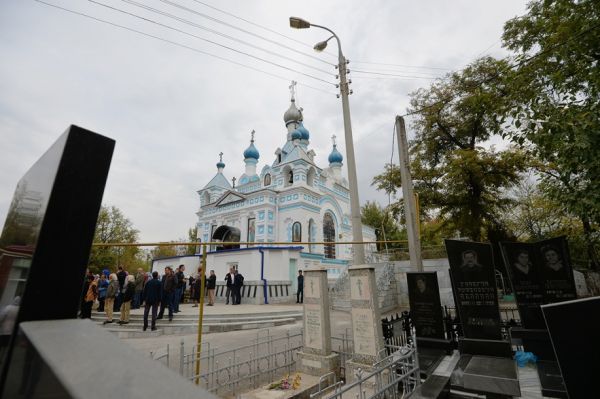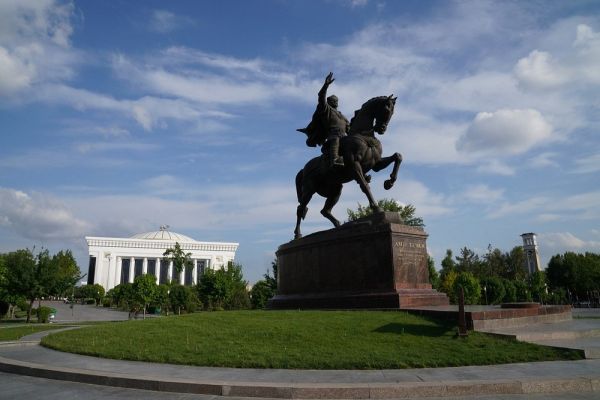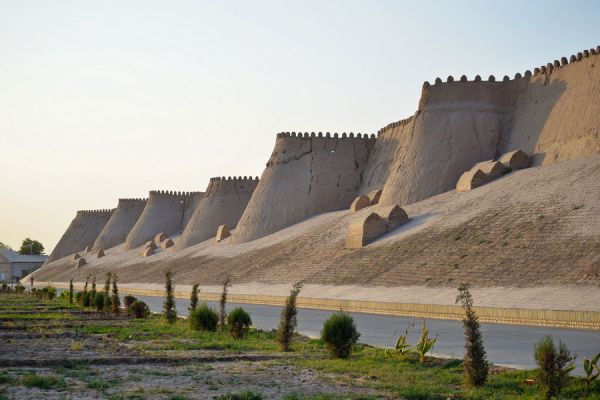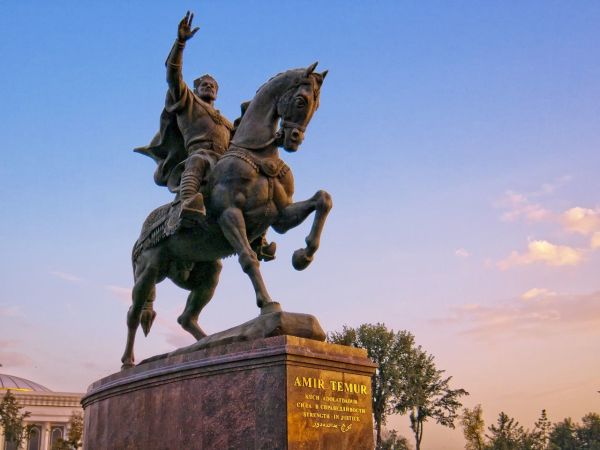Botkin Cemetery
The Botkin cemetery was founded at the end of the 19th century, after the closure of the first Orthodox cemetery in Tashkent. Since then, it has become the main burial place for Russians and representatives of other nationalities living in Uzbekistan. The cemetery was named after the street where it is located.
The main features of the cemetery:
Historical significance: The Botkin Cemetery is an important historical monument reflecting the cultural heritage of the Russian community in Tashkent. Many famous personalities, including scientists, writers and public figures, are buried here, which makes it an important place to study the history of the region.
Architectural elements: The cemetery is distinguished by a variety of architectural styles of tombstones and monuments, which represent interesting examples of art. Many of them are made in the traditional Russian style, which highlights the cultural roots of the people buried here.
Cultural attraction: Today the Botkin cemetery is considered as an architectural and cultural landmark that attracts the attention of tourists and researchers. It serves as a place to study the history and culture not only of Tashkent, but also of the entire Central Asia.
Legends and myths: The cemetery is surrounded by many legends and myths, which adds to its mystery. Locals and tourists often share stories about ghosts and unusual events related to this place.
Condition and care: In recent years, the cemetery has been facing problems with the care and preservation of monuments. Public initiatives are aimed at restoring and maintaining order in the cemetery, which underlines its importance for the cultural memory of the region.
The Botkin cemetery is not only a burial place, but also a symbol of historical memory, cultural heritage and spiritual life of the Russian community in Tashkent. Its architecture, historical significance and cultural aspects make it a significant object to explore and visit.

















